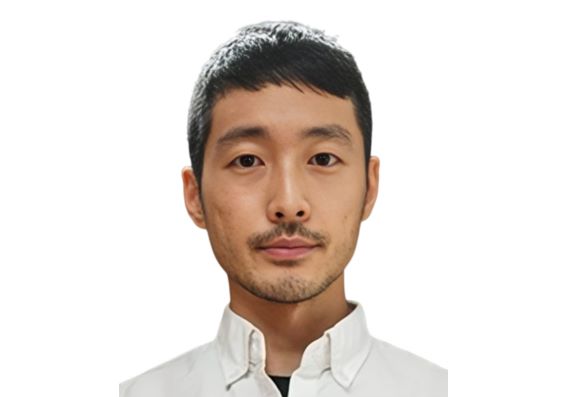
By Jovina Ang
SMU Office of Research – Head and neck cancer is the most common cancer in developing countries, especially in South and Southeast Asian countries. In India, it is the most common cancer among men and the fifth most common among women.
It has been found that the use of smokeless tobacco such as betel quid chewing is the leading cause of head and neck cancer in these regions. Early detection of cancer is critical for successful treatment, but many head and neck cancer cases in these countries are detected only when cancer has metastasised.
In India alone, nearly two-thirds of the patients have advanced stages of the cancer. It is difficult to diagnose head and neck cancer because the symptoms are typically mild such as a sore throat or a cold.
In the rural areas of South and Southeast Asia, there is a lack of medical facilities for head and neck cancer screening and diagnosis. There is also a lack of skilled and qualified local doctors and clinicians who can diagnose this type of cancer accurately.
“Given my aim is to use technology to solve societal problems such as this, I hope to investigate the development and usage of AI for improving head and neck cancer screening and diagnosis,” Assistant Professor Lee Min Hun informed us at the Office of Research.
The use of AI for screening and diagnosis is also gaining attention in Singapore and across the world.
“In Singapore, scientists have developed an AI tool that uses eyes to assess kidney health and biological age. Its adoption for clinical use is pending approval from the Health Sciences Authority,” he continued.
Using AI for screening and diagnosis
The Research Team
The multidisciplinary research team is comprised of not only researchers and clinicians who have in-depth expertise in head and neck cancer screening and diagnosis, but also in AI, data science and computing science.
They include SMU’s Assistant Professor Lee; Professor Nicholas Graves, Associate Professor Jonas Karlstrom, Clinical Associate Professor Tan Hiang Khoon, Associate Professor Sean Shao Wei Lam and Ginny Zhenzhi Chen from SingHealth Duke-NUS; and Professor Walter Tsong Lee and Dr. Samuel Altonji from Duke University.
The Research Process and Methodology
The research team will work with clinicians to iteratively design, develop, evaluate and enhance the AI-based system. Specifically, the team will investigate the use of AI for head and neck cancer screening and diagnosis by following the steps outlined below:
- Through formative design studies, the team will specify how an AI-based system should be designed to improve the screening and diagnosis of head and neck cancer.
- After collecting a dataset of endoscopy videos, the team will develop an AI-based system that can identify severe or uncertain cases for review and provide data-driven explanations to improve the clinician’s diagnosis.
- Finally, the team will conduct user and field studies to understand the effectiveness of the AI-based system.
Prior to starting the project officially in August 2024, the team has commenced some initial work that was built upon their previous research. The team successfully developed a prototype of an AI-augmented decision support system using 135 full-color laryngoscopy videos for head and neck cancer screening. This initial prototype has been found to achieve a diagnosis accuracy of 87 percent.
Professor Lee and his team of collaborators hope to be the pioneering team in the world for developing such an AI system, and make an impact on society, especially those living in South and Southeast Asia.
Back to Research@SMU August 2024 Issue
See More News
Want to see more of SMU Research?
Sign up for Research@SMU e-newslettter to know more about our research and research-related events!
If you would like to remove yourself from all our mailing list, please visit https://eservices.smu.edu.sg/internet/DNC/Default.aspx

